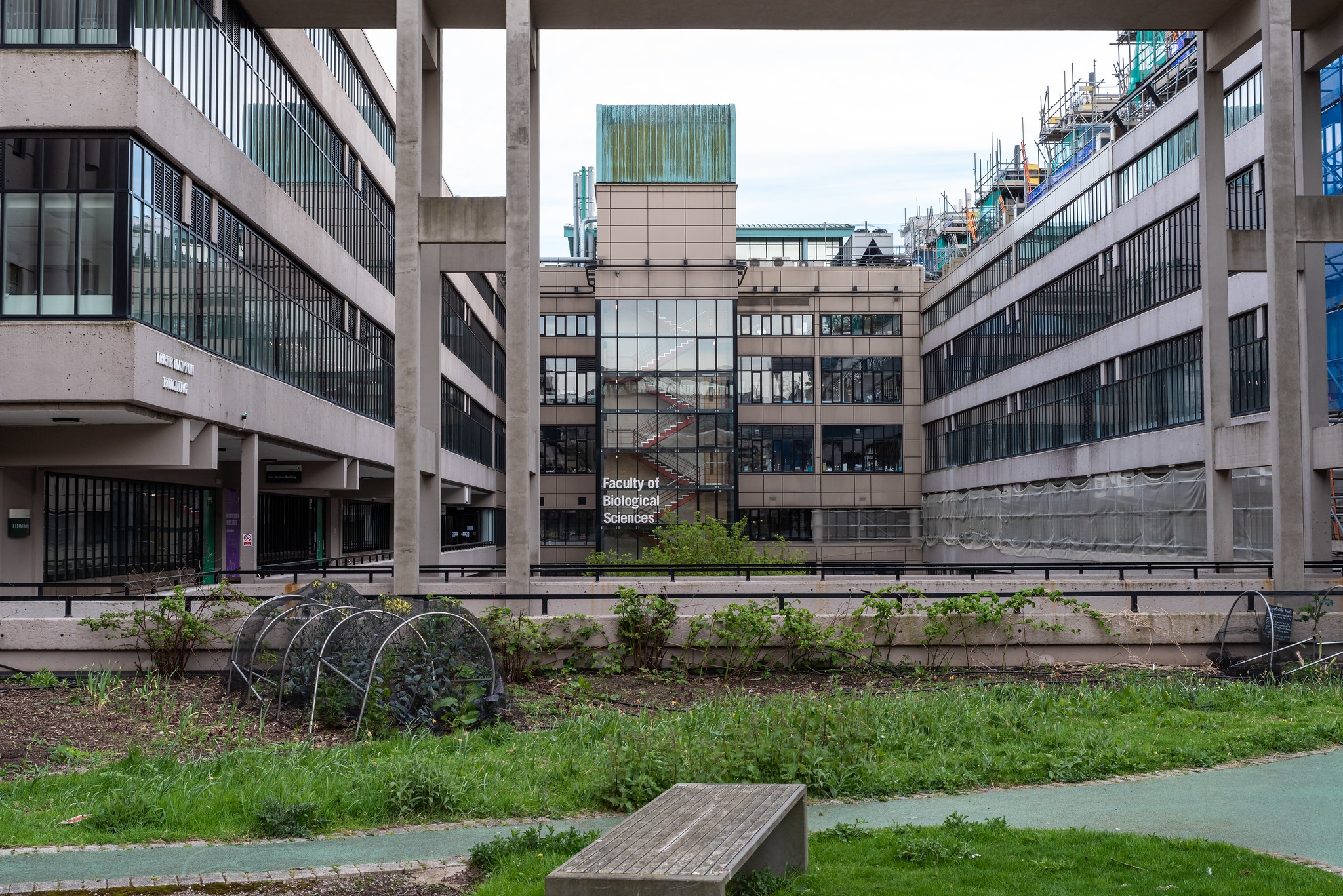In response to the increased demand for respiratory support, as well as the shortage of medical equipment, researchers from University of Leeds, Leeds Teaching Hospitals NHS Trust (LTHT) and Bradford Teaching Hospitals NHS Foundation Trust have been working to repurpose existing ventilation systems.
For the second time in a month, this has been achieved in the form of adapting the existing Venturi valve, originally discovered in the later 1700’s by physicist Giovanni Venturi.
In this latest development, the new Leeds Venturi valve can be made on a 3D printer, rapidly finding a way of to increase the number of breathing aids available for COVID-19 patients. The valve is a low-tech solution which does not require electricity or moving parts. Resultantly, this could provide resource-limited healthcare providers with flexible treatment pathways, as well as reducing the strain on intensive care units during the pandemic.
Maxillofacial Surgeon Jiten Parmar, from Leeds Teaching Hospitals NHS Trust research team said: “This collaborative work has allowed for the innovation of a therapeutic oxygen delivery device for use in countries where there may be a lack of CPAP machines or oxygen supply.”
The Venturi valve is a small plastic device normally used to increase the flow of oxygen to a patient. It works by having one end connected to the oxygen-supply by a patient’s bed, and the other end connected to the tubing that goes to the person’s oxygen mask.
Due to its design, the repurposed device is able to deliver an increased oxygen flow to the patient, whilst at the same time raising the pressure of that flow. As a result, tiny air sacs in the lungs which have been damaged by the virus open up, allowing more oxygen to enter the body.
Importantly, the device achieves an effect similar to a continuous positive airway pressure, or CPAP machine- a higher level ventilator designed to deliver oxygen at an appropriate concentration and pressure.
Medical reports from China have indicated that moderately ill people can be treated on CPAP machines and avoid the need for full mechanical ventilation, which is often only available in hospital intensive care units and required for the sickest patients.
Dr Tom Lawton, Consultant in Critical Care and Anaesthesia at Bradford Teaching Hospitals, who collaborated on the project, said “We are already seeing that treating Covid-19 patients with CPAP can help avoid the need for ventilators and intensive care; the key is to do this in a resource-efficient way.”
This means that the valves can offer assistance to strained ICU’s by ensuring alternative support is available for patients with moderate rather than critical symptoms.
Leading the research team is Nikil Kapur, Professor of Applied Fluid Mechanics in the School of Mechanical Engineering. He said:
“We set out to make sure that the Leeds Venturi valve had two significant improvements over existing Venturi valves. One, that they made efficient use of hospital oxygen supplies – vital given that the demand on supplies is likely to be high – and two, from the outset we made ease of manufacture a priority.”
Kapur also reminded of the importance of finding solutions and technologies that can be implemented in developing countries. Due to the simple design, the Leeds Venturi valve is a solution.
The remodeled device is subject to regulatory approval, but as the pandemic spreads, it seems adapting existing technologies is the most efficient way to ensure patient’s needs are met promptly.
Main image credited to George Stamets. See more of his photos on Flickr, Instagram or website.

